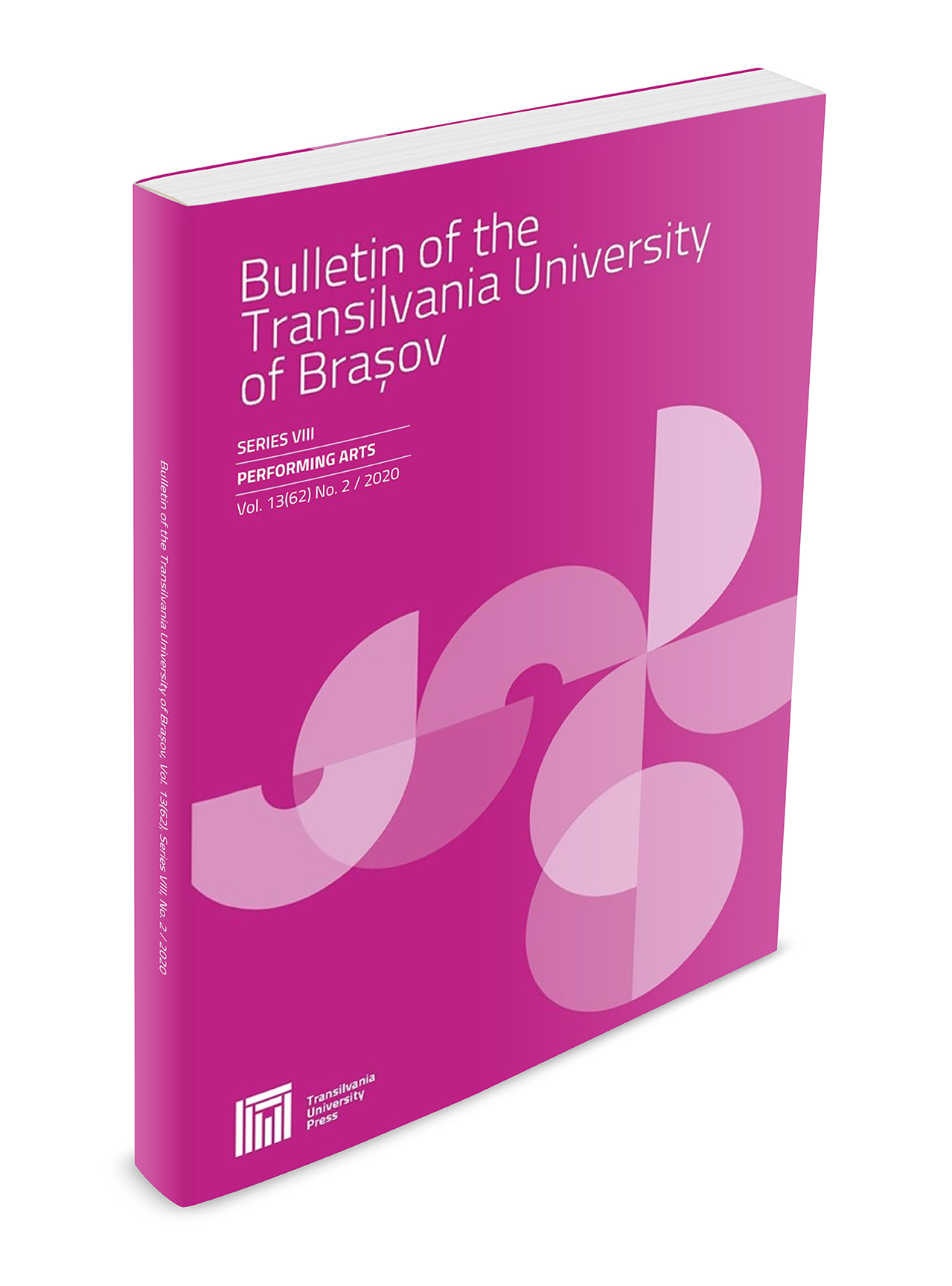Diachronic perspectives of a multicultural traditional instrument – Cavalul dobrogean
DOI:
https://doi.org/10.31926/but.pa.2025.18.67.1.6Keywords:
kaval, traditional music, multiculturalism, DobrogeaAbstract
Current ethnomusicological approaches tend to focus on subjects regarding orally transmitted folk knowledge and culture. But another well debated subject is the issue of multiculturalism in traditional societies, especially in geographical areas with a high degree of cultural interference. One such area of traditional multiculturalism is the region of Dobrogea in eastern Romania, and one of the most representative folk instruments of this multicultural heritage is the Dobrudjan Kaval. The Dobrudjan Kaval is a woodwind instrument with a complex history and an important role in traditional society. It is a type of Kaval more similar to Balkan Turkish style kaval, and very different from the Romanian „Caval”. While it played a major role in the folk music of Dobrogea until the end of the XIXth century, the Kaval started to disappear in the XXth century and it survived in only two villages until the XXIst century, in the villages of Izvoarele and Cerna in Tulcea county This article is meant to illustrate the historical and socio-cultural evolution of the Dobrudjan kaval within the context of a multicultural traditional society. The study is based upon ethnomusicological sources, research on the ground and comparisons with different forms of the instrument from other Balkan regions.Downloads
Published
Issue
Section
License
Copyright (c) 2025 Bulletin of the Transilvania University of Braşov. Series VIII: Performing Arts

This work is licensed under a Creative Commons Attribution 4.0 International License.




